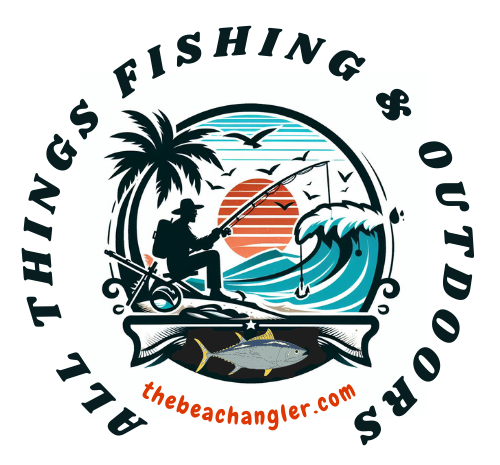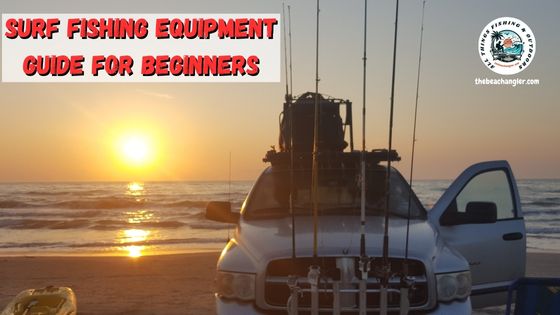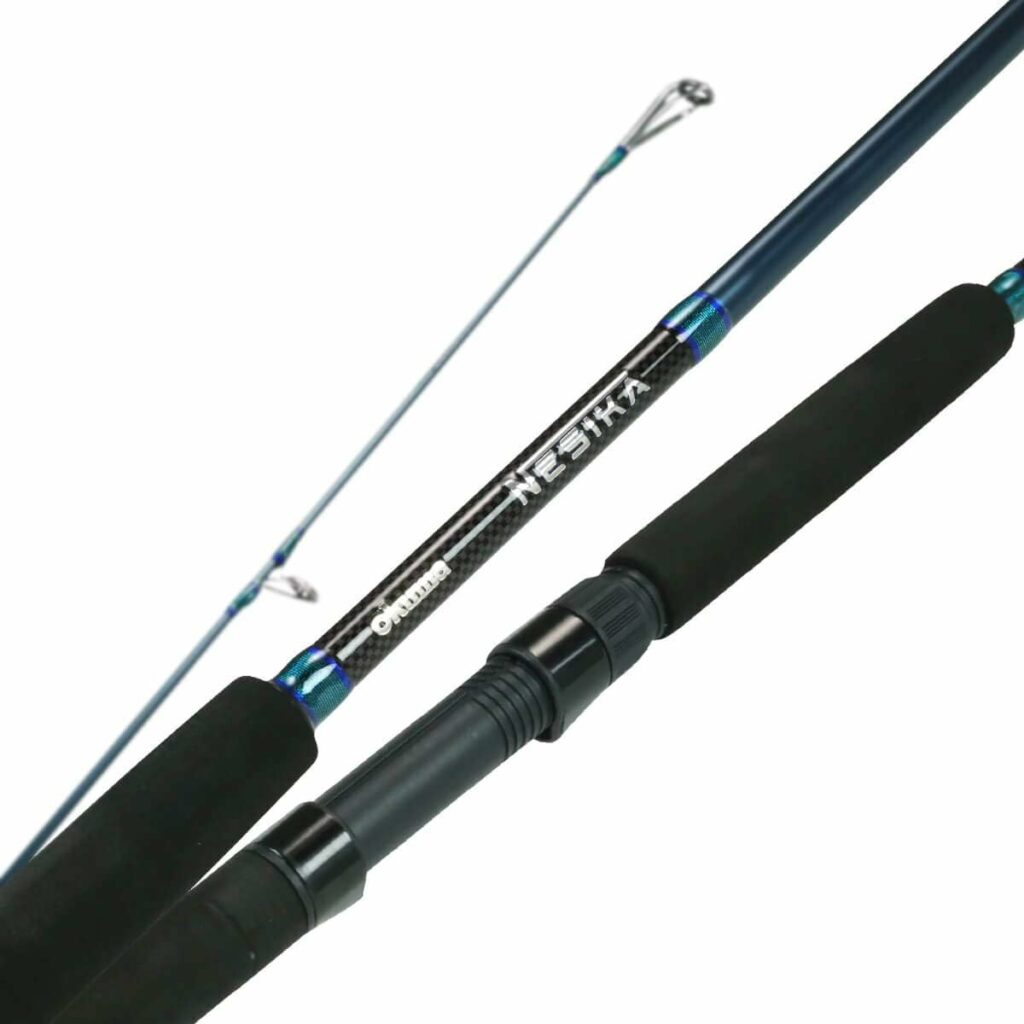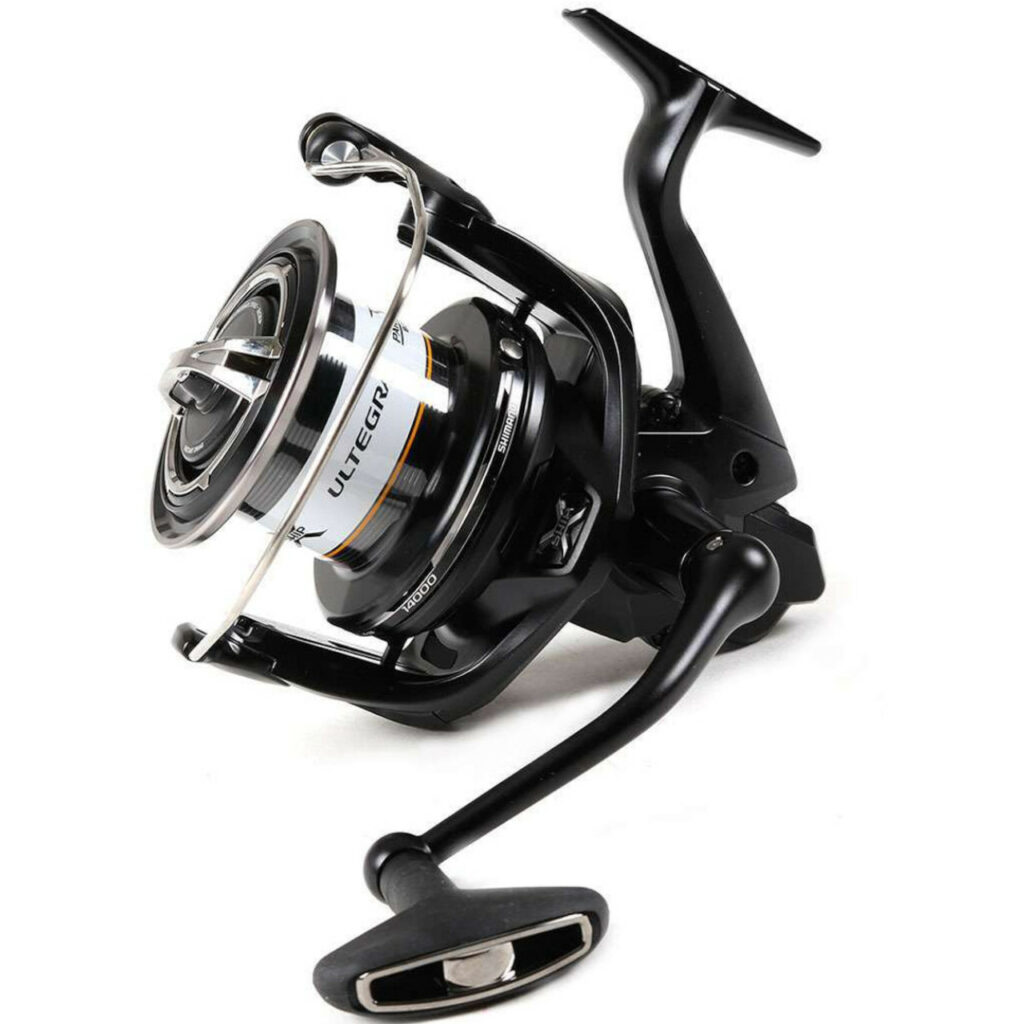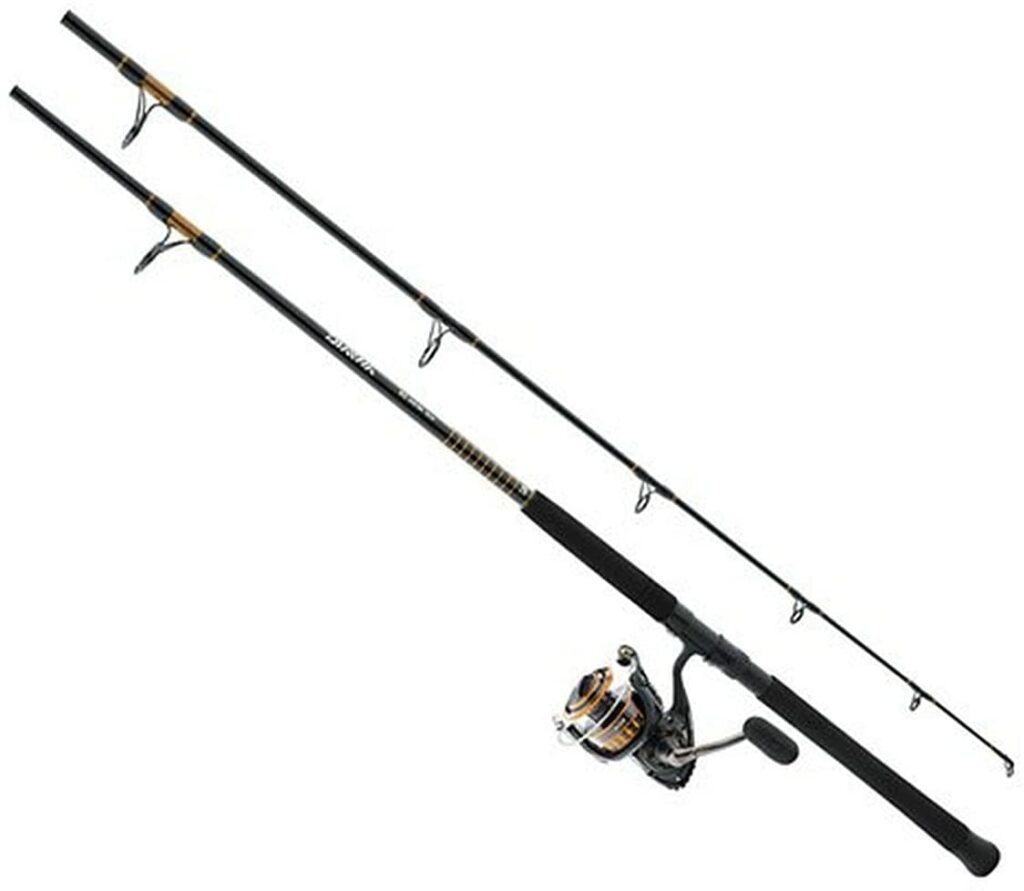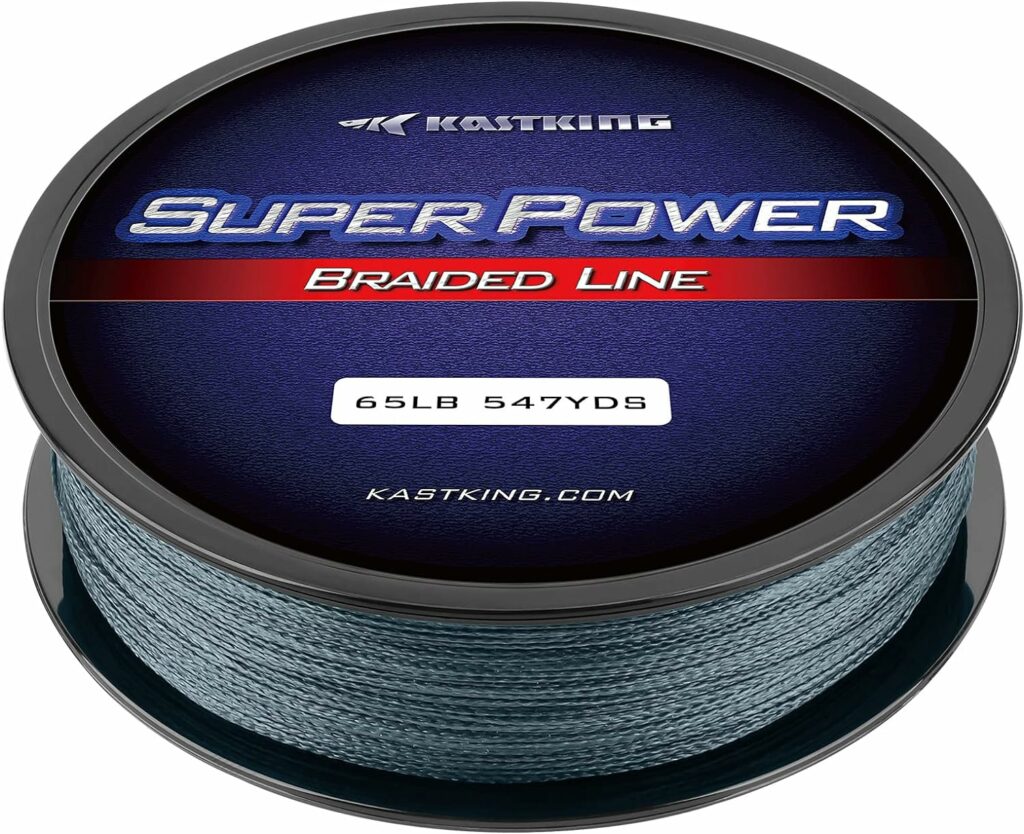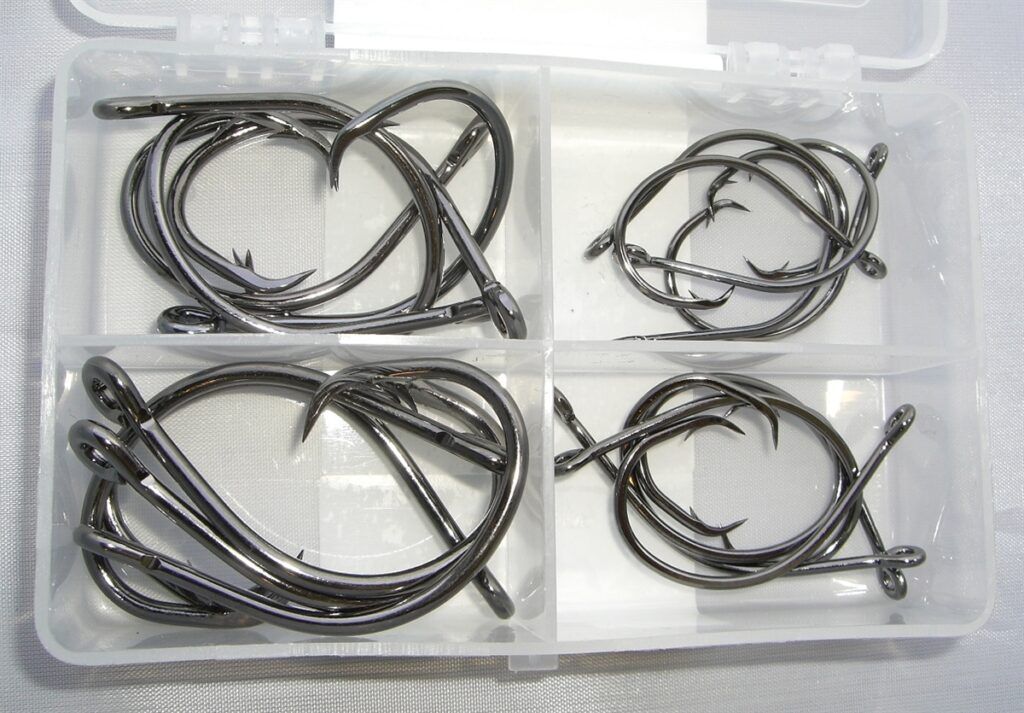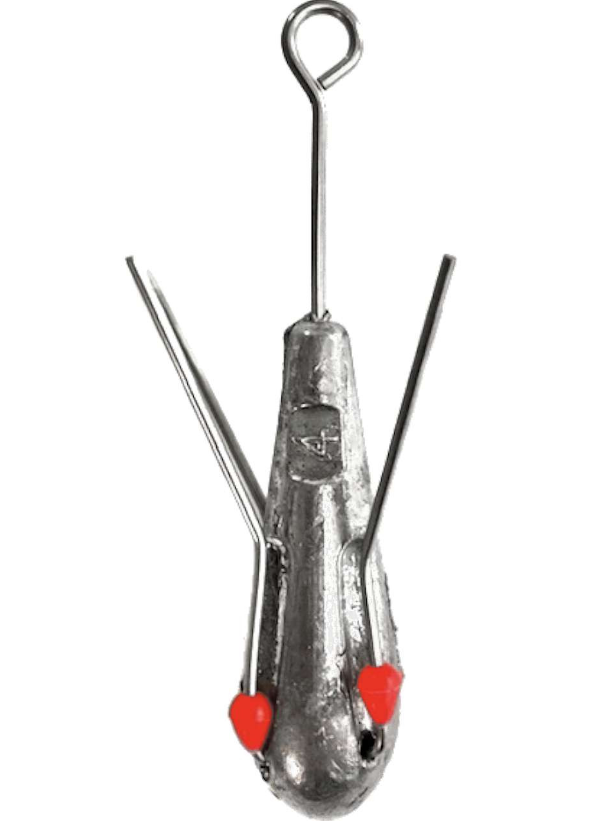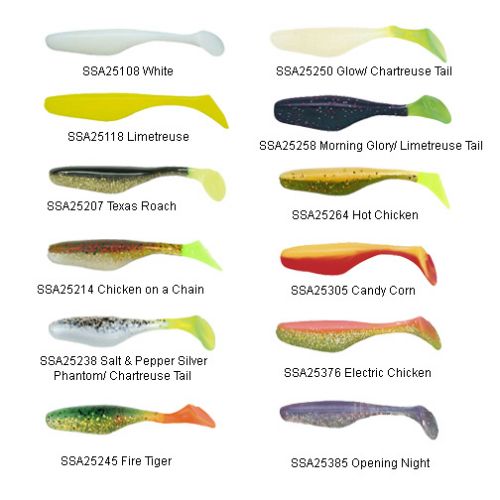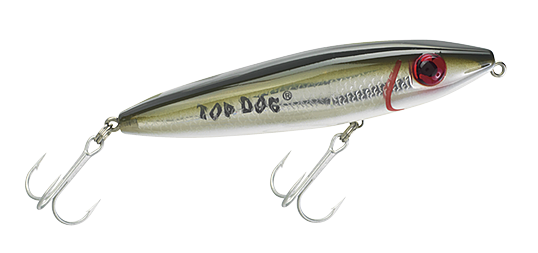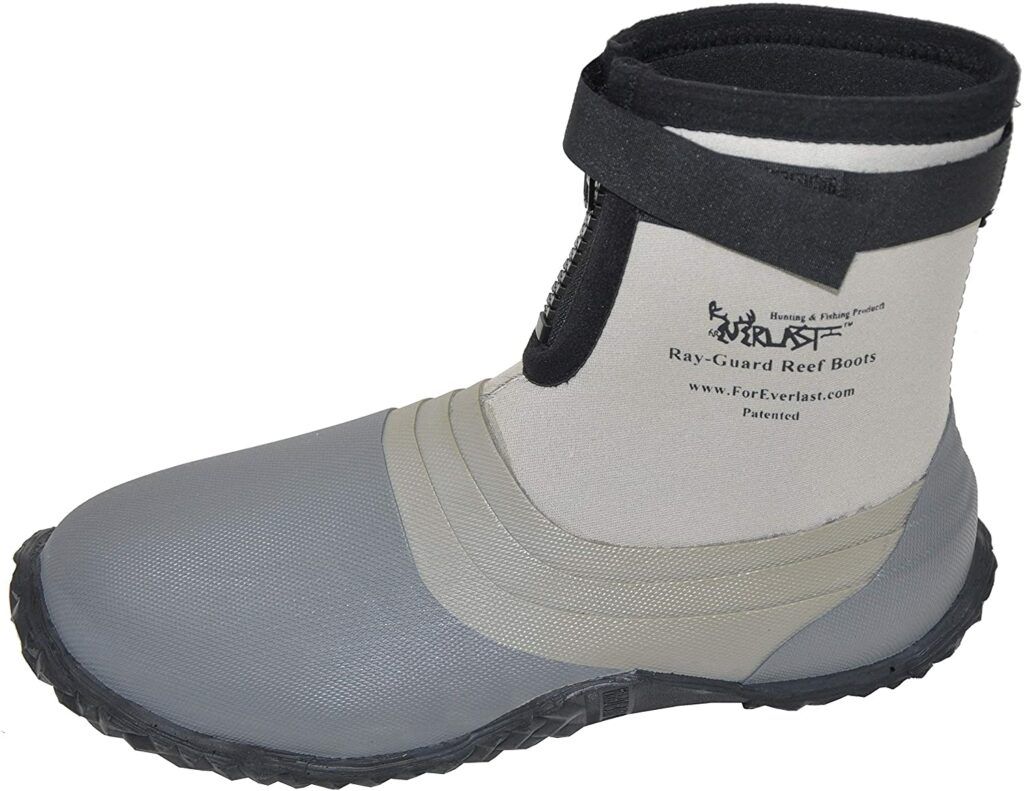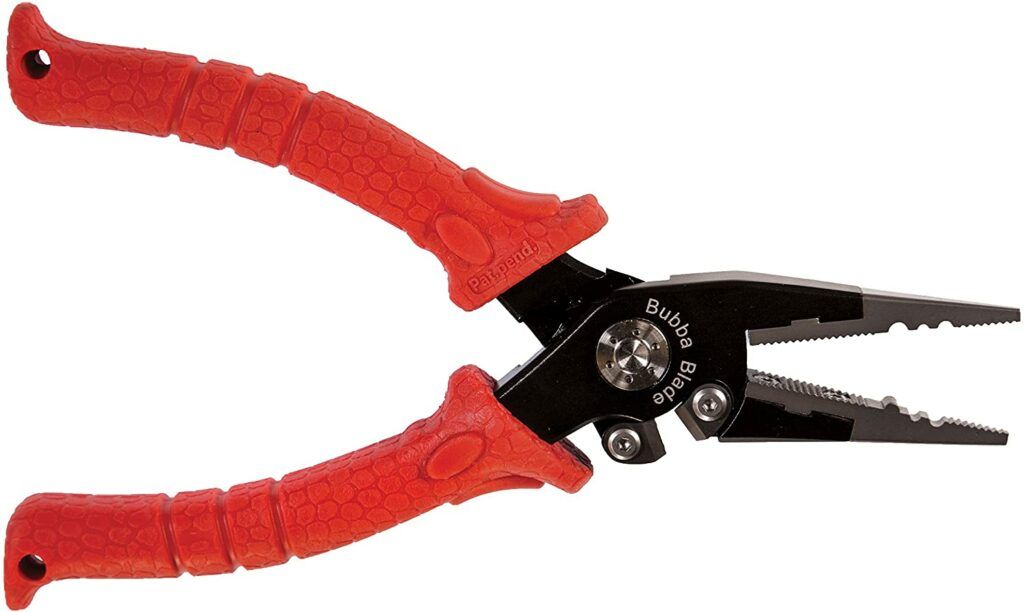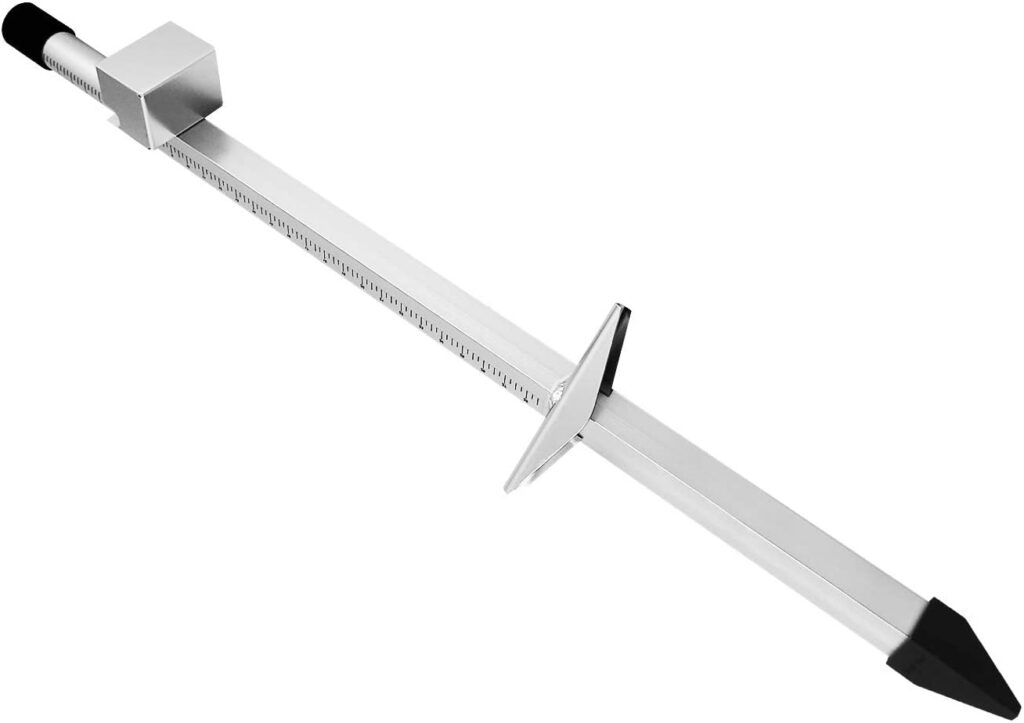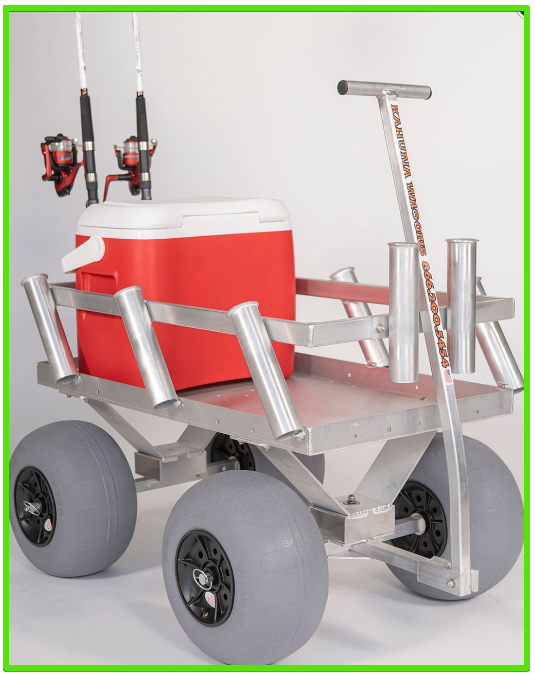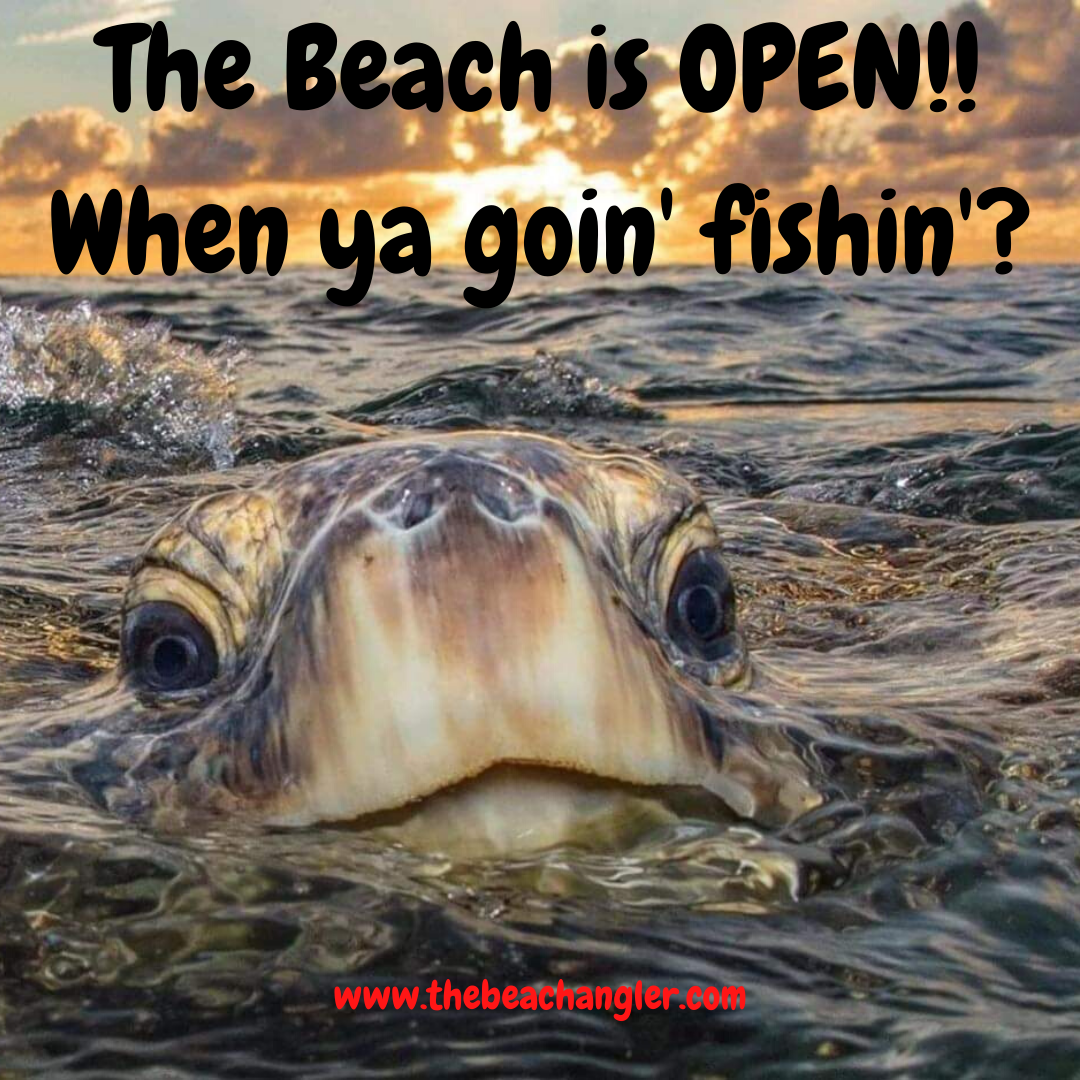So you think you’re ready to get your feet wet with surf fishing? It’s a fun and unique sport, where you never know what might take your bait. As different from dock or boat fishing as night is from the day, surf fishing pits you against the powerful elements of currents, waves, and winds. Your surf fishing equipment needs to be able to withstand these elements and help you catch fish.
QUICK LOOK: Surf Fishing Equipment for Beginners
To get the most out of your surf fishing adventures you will need some specialized surf fishing equipment. It doesn’t take a lot to get started and it doesn’t have to be expensive. First, you need to decide what you will be fishing for and what methods you will be using to fish for them. Then you need a rod and reel that are designed to withstand the harsh saltwater environment and are sturdy enough to handle some large and aggressive fish. In addition, you will need the basics like line, rigs, leaders, hooks, weights, and an assortment of artificials depending on the fish you target.
Before you head to the surf, you should know what gear will serve you best, and give you the best chance of success. I won’t overwhelm you with endless lists; we’ll go through the essentials. Quality, not quantity, is what matters when you’re fishing the surf. So, let’s focus on what truly counts: the gear that matches the challenge of surf fishing, and the fish you’re targeting.
You’ll need more than just a rod and a tackle box. Think of your surf fishing equipment as a custom-tailored suit of armor, designed to withstand the harshness, and corrosiveness of the saltwater environment, and at the same time, give you the versatility to battle big fish along the beachfront.
From choosing the right rod that acts as an extension of your arm to selecting baits and lures that trick even the smartest fish, I promise to give you practical advice that’s worth its salt. You will be ready to gear up and head to the beach.
Surf Fishing Rods and Reels
Your basic surf fishing equipment list starts with the right rod and reel combination. This duo determines the ease and distance of casting, retrieval speed, and drag strength for fighting fish, and ultimately, your success rate.
When shopping for a surf rod, consider length and power. A lengthy rod casts farther, crucial for reaching where the fish are. Heavy-power rods handle larger fish, heavier rigs, rough waves, and strong currents, Shorter medium-power rods balance flexibility and strength and are better suited to fishing artificials or targeting smaller species in the surf.
Reels should match the rod’s weight and power. For distance, a large spool is key to line capacity and casting distance. Smooth, and strong drag systems are crucial for managing hard-fighting fish. Quality surf fishing reels are also sealed to resist corrosion from saltwater.
Tackle makers have put together some very good surf fishing rod and reel combos with matched components that will give you quality performance and years of reliable service. They come in a variety of sizes, from a variety of manufacturers, and at a variety of price ranges to match any fishing style and situation.
I recommend you choose surf fishing equipment that can withstand the harsh marine environment. Brands like Penn, Daiwa, KastKing, and Shimano offer durable rod and reel combos that many surf anglers trust, and that have proven themselves over many years of service.
Armed with a well-matched rod and reel, hone in on your surf fishing tackle next. It’s the critical link between rod and fish, and choosing wisely makes all the difference. Line, rigs, leaders, weights, and lures will all be important depending on which fish species you are after.
Surf Fishing Equipment – Choosing the Right Surf Fishing Tackle
The success of a surf fishing trip often pivots on the tackle you bring. While it might seem obvious, choosing the right tackle can be the difference between a frustrating outing and a triumphant one. The first order of business is choosing a good surf fishing Line.
This will be the connection between you and the fish and needs to be strong and abrasion-resistant to handle sharp-toothed fish, shells, rocks, and sand. There are plenty of quality, and affordable, options in both monofilament and braided lines. Monofilament is affordable and easy to handle, but braid offers better casting distance and sensitivity.
Hooks are also important, and their size should match the type of fish you’re targeting, and the type of bait you will be using. Be sure to check your local regulations regarding hook types, as some areas mandate the use of circle hooks to prevent gut hooking.
When it comes to surf weights and sinkers, look for those that anchor well in the surf. Pyramid sinkers, sputnik weights, spider weights, or breakaway weights are your go-to because they resist the pull of waves and current holding your bait in place.
When it comes to leaders, strength and length do matter. A longer leader can help with casting distance. Fluorocarbon leaders are strong and nearly invisible in the water, however, steel leaders may be needed if you will be chasing fish of the toothier varieties.
It’s key to adapt your tackle to the conditions, which can change rapidly in surf environments. Keep a variety of hooks, rigs, leaders, weights, and lures on hand so you can adjust your tactics as needed. Your ability to shift your fishing gear and tactics can often be the deciding factor in your success rate.
Surf Fishing Equipment Bait and Lure Strategies
Surf fishing can be unpredictable, but choosing the right bait or lure significantly ups your chances of success. Live bait that matches the prey of your target fish is always a good choice. However, live bait means you will need a source of bait, a bait shop or use a cast net to catch your own, and a bait bucket or aerated live well to keep it alive.
Fresh dead, or frozen baits, either whole or cut in chunks, will often work well in the surf. Easier to store and carry than live bait, and usually more readily available. Look for baits that are a primary food source for your quarry. As an alternative, synthetic strip baits such as Fishbites and Fish Gum, have proven to catch fish in the surf.
Lures have their place too, particularly for those targeting specific species like striped bass, speckled trout, or bluefish. When fish are aggressive, a well-chosen lure can trigger strikes and is much less messy than dealing with live or dead natural baits.
Spoon lures, for example, mimic the flash of a fleeing fish, while topwater plugs can imitate an injured fish on the surface. Various soft plastic baits that mimic bait fish, shrimp, and crabs will also work for surf fishing.
Each surf fishing day is different. What brings success one day might not be the next. Keep a selection of both bait and lures in your surf fishing equipment to adapt to the ever-changing conditions of the surf and the preferences of the fish you’re after.
With your bait or lure sorted, you’re partway there. Now, let’s focus on the other items in your arsenal. We’ll tackle the essential accessories no surf angler should be without. They won’t directly catch fish, but they’ll make your surf fishing trip smoother, safer, and more enjoyable.
Essential Surf Fishing Equipment: Beyond the Basics
While the right rod, reel, and tackle are crucial, your success, safety, and comfort while surf fishing can greatly depend on a few additional accessories. If you will be surf fishing in cold water or weather, a good pair of waders should be on your list.
With all the lightweight and breathable wader options, you can find something that keeps you dry and comfortable, regardless of the season. In warmer months, breathable waders are a godsend, while neoprene keeps you toasty when it’s cooler.
Always prioritize fit and durability; leaky waders can make for a miserable surf fishing trip. If waders are not your thing, a good pair of wading shoes or boots will protect your feet without the bulk of waders. If you will be wading the surf, you should consider a Personal Flotation Device for safety.
It only takes a second for a rogue wave or to step off into a deep hole. You could find yourself soaked and swept out to sea in a flash. No fish is worth drowning over. A quality fishing life jacket could be your most important piece of surf fishing equipment.
Of course, a good quality tackle box or tackle bag will keep your gear organized and streamlined during the fishing trip. A sharp, corrosion-resistant knife is indispensable for cutting lines, preparing bait, or cleaning your catch.
Get yourself a good set of fishing pliers they come in handy when you need to remove hooks from toothy critters, cut wire leaders, or make emergency repairs to your gear. And, if you will be doing your surf fishing at night, don’t overlook a headlamp—it’s hands-free lighting that’s incredibly useful during early morning or evening catches.
A good sand spike rod holder will come in handy if you will be setting baits in the surf. Also, If you will be fishing areas that are closed to vehicular traffic, a beach fishing cart will save you time and frustration getting all of your gear to the beach.
Don’t forget the ice chest. You will need it for keeping your food, drinks, and bait cold. And, if you are going to keep some fish for the dinner table, you need an ice chest to transport your catch home.
There are plenty of other tackle items that are useful for surf fishing, but we’ve covered the basic equipment you need as a beginner to get started. If you decide you like it, you can upgrade your surf fishing equipment and add to your tackle as you need and as your budget allows.
Final Thoughts: Surf Fishing Equipment for Beginners
You’ve now equipped yourself with knowledge of the essential surf fishing equipment. But before you hit the surf, remember, that the gear you carry is as effective as your understanding of its use. It’s about adapting to the surf conditions, knowing your target species, and using the right bait and tactics.
Don’t let the initial challenges deter you. Each cast is a new opportunity to learn and improve. Take note of what works and what doesn’t, adjusting your approach respectfully. Seek out advice from locals and other anglers in online forums and at the beach.
Remember to keep your new surf fishing equipment clean, maintained, and ready for the next trip. Saltwater is unforgiving, and regular care will extend the life of your gear and avoid unnecessary repairs.
If you have any specific questions, drop me a message in the comment section below. I will be glad to help in any way I can. I wish you clear skies, calm seas, and tight lines on your surf fishing journey. Get out there, and experience the thrill of the catch!
And finally, respect the ocean and its inhabitants. Follow catch-and-release practices whenever possible, and be mindful of the environment. Leave nothing behind but your footprints in the sand.
As always, stay safe, enjoy the journey and please try to leave it cleaner than you found it. If you have any comments, questions, ideas, or suggestions please leave them in the comment section below and I’ll get back to you ASAP. You can follow us on Facebook: Rex The Beach Angler, Instagram: thebeachangler7, Twitter: @AnglerBeach, and YouTube: Man Art Creations.
Check out Our Latest Gear Reviews
- The Daiwa Lazy Fashad

- Z-Man Big BallerZ
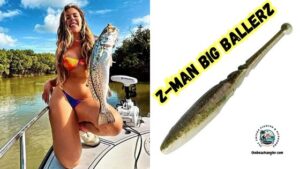
- Piscifun Salis X Trolling Reel Conventional Level Wind Reel
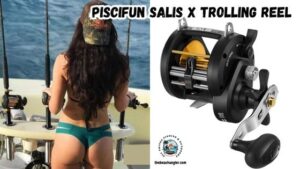
- Turtlebox Gen 3 Waterproof Speaker
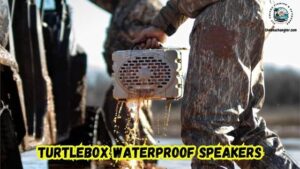
- 5 Tips for Using the Rapala X-Rap Magnum Xtreme
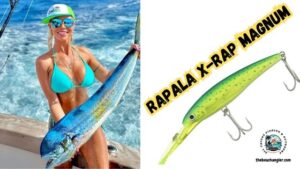
- 7 Basics of an Inshore Saltwater Fishing Setup For Beginners
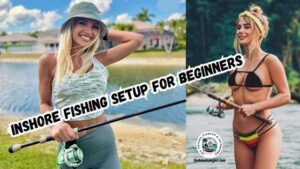
P.S. – Thanks so much for checking out our blog we really appreciate it. Just so you know, we may receive a commission if you click on some of the links that appear on our site. This helps us keep our content free and up-to-date for everyone. We appreciate your support!
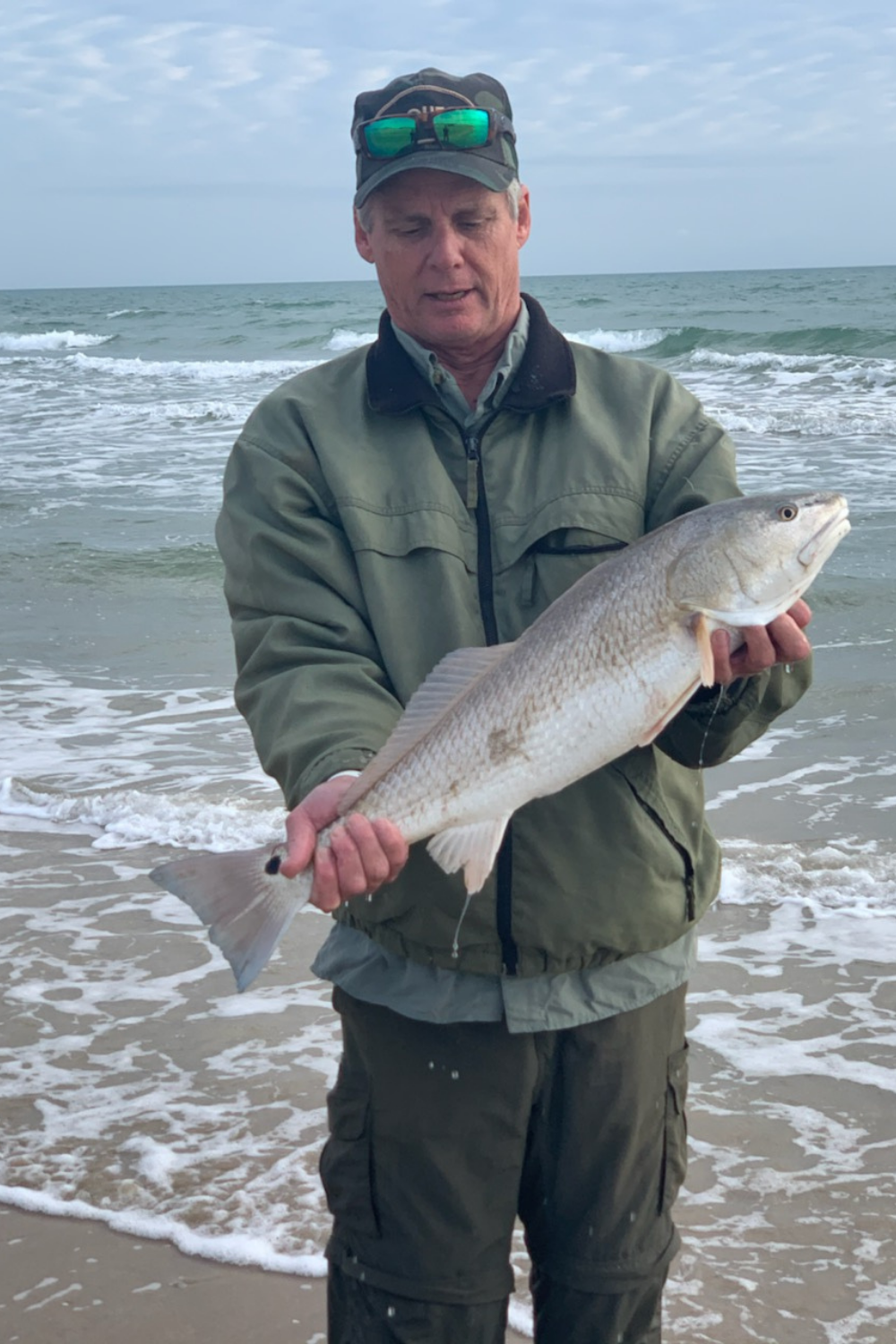
A life long surf fisherman with 50+ years of experience, I am also an avid hunter and outdoorsman. I will be sharing my passion for the outdoors with you so be prepared for hunting, fishing, camping, hiking and more. Along with gear reviews and the latest trends and innovations in the outdoor industry.
